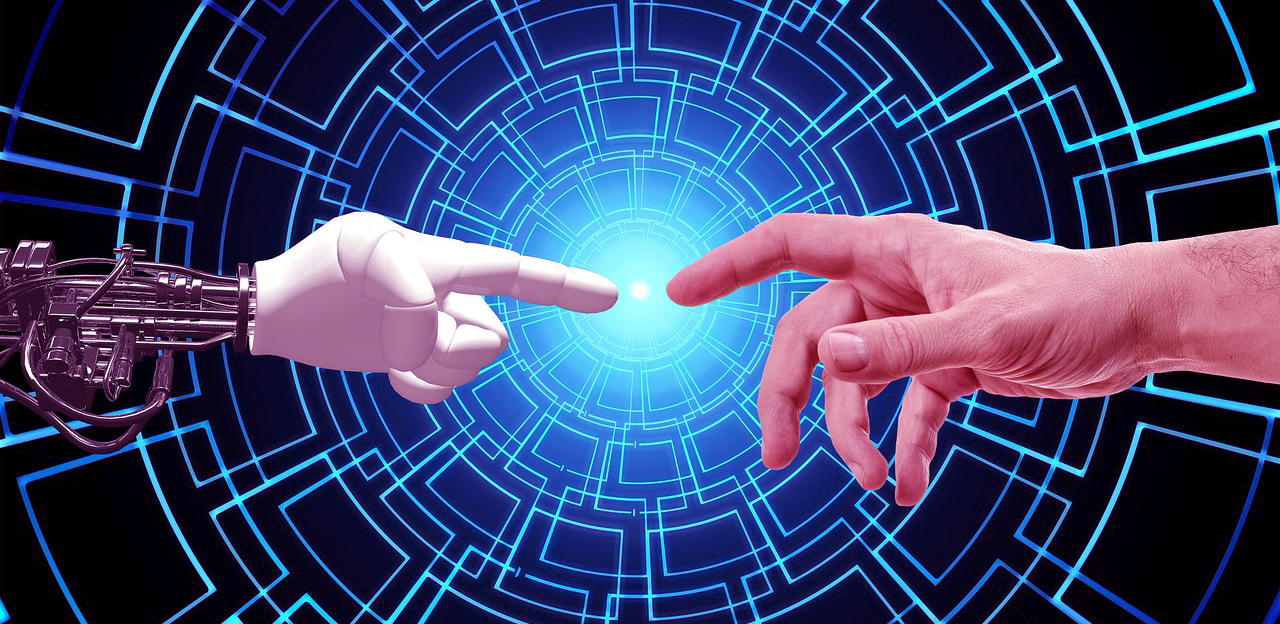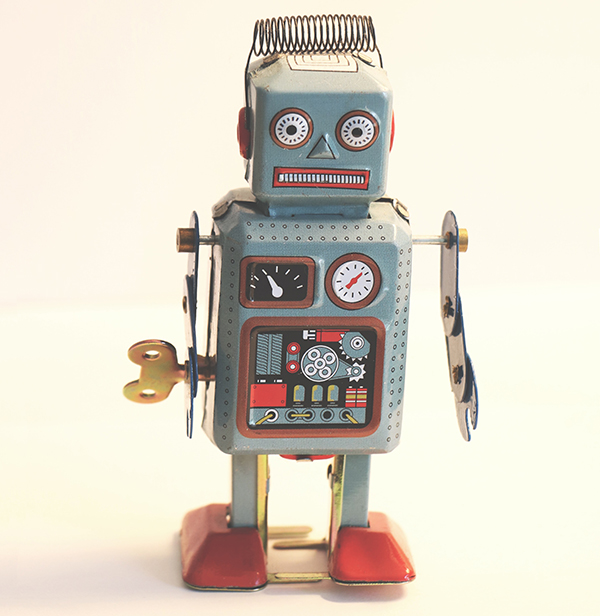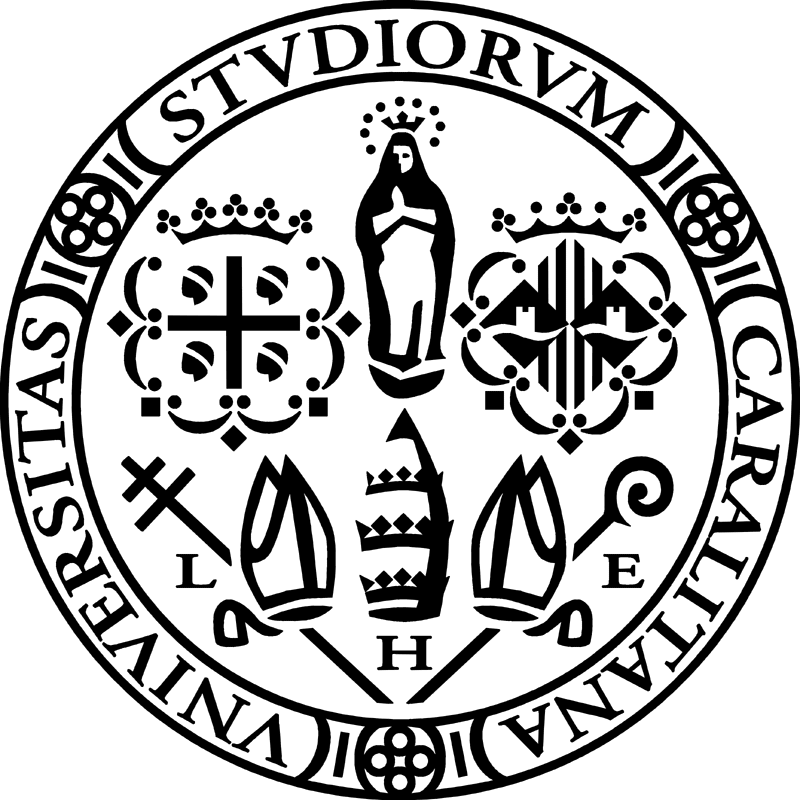By Fabio Roli and Matteo Mauri
In the first part of this article “Artificial Intelligence: past, present and future. Part I - Short history of Artificial Intelligence”, previously published in this blog, we tried to unpack the "suitcase" of Artificial Intelligence. Now we will discuss the "good", "ugly" and "bad" aspects inside this “suitcase”. As the reader will immediately notice, the title is a small tribute to the famous movie by Sergio Leone. We are not the first to use this leitmotiv to talk about Artificial Intelligence. AI certainly has "good", "ugly" and "bad" aspects; highlighting these aspects can help to understand what is Artificial Intelligence today. Always bearing in mind that, as in the case of the three characters of the movie, the good, the bad and the ugly cannot be clearly separated.









